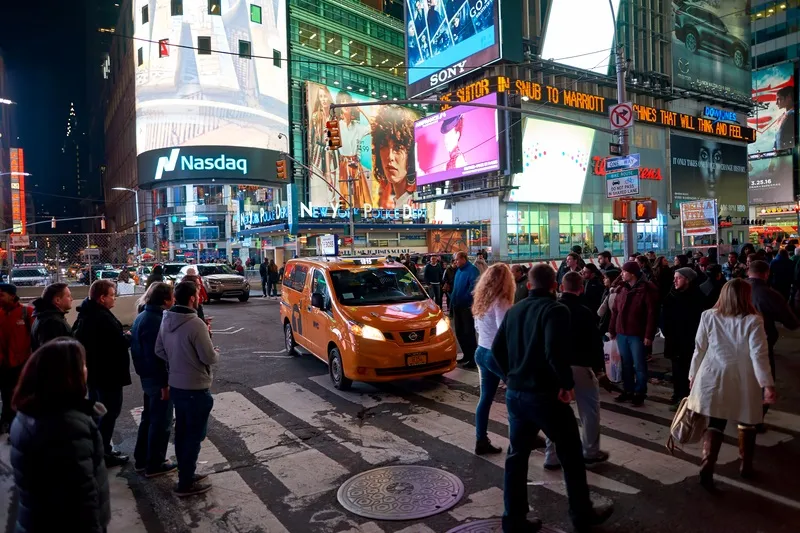According to Centauro-ASAPS data, hit and run accidents in Italy increased by 33 per cent in the first half of 2012. Out of a total 461 accidents, 57 resulted in fatalities, up by four per cent year-on-year, while the number of casualties increased by 35 per cent to 564. Police managed to find those responsible for hit and run accidents in 265 instances out of the total 461. Out of 25.7 per cent of identified perpetrators, 68 of them were drunk and nine of them, corresponding to 13 per cent, tested also pos
August 10, 2012
Read time: 1 min
According to Centauro-ASAPS data, hit and run accidents in Italy increased by 33 per cent in the first half of 2012. Out of a total 461 accidents, 57 resulted in fatalities, up by four per cent year-on-year, while the number of casualties increased by 35 per cent to 564. Police managed to find those responsible for hit and run accidents in 265 instances out of the total 461. Out of 25.7 per cent of identified perpetrators, 68 of them were drunk and nine of them, corresponding to 13 per cent, tested also positive for drugs.








